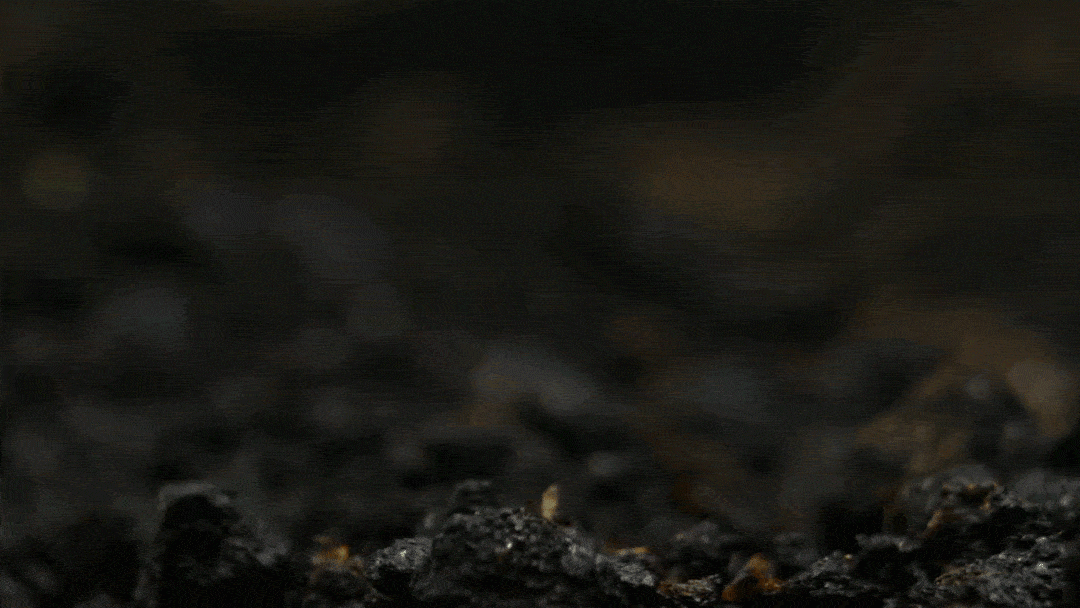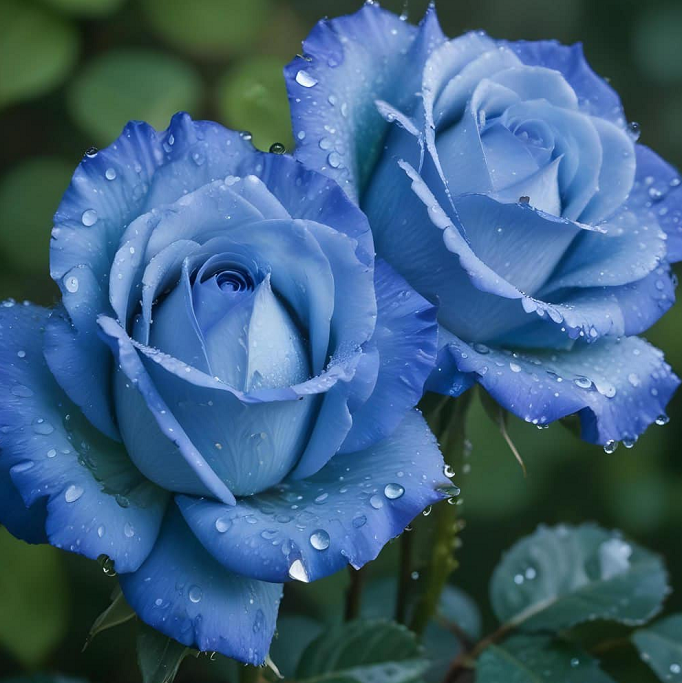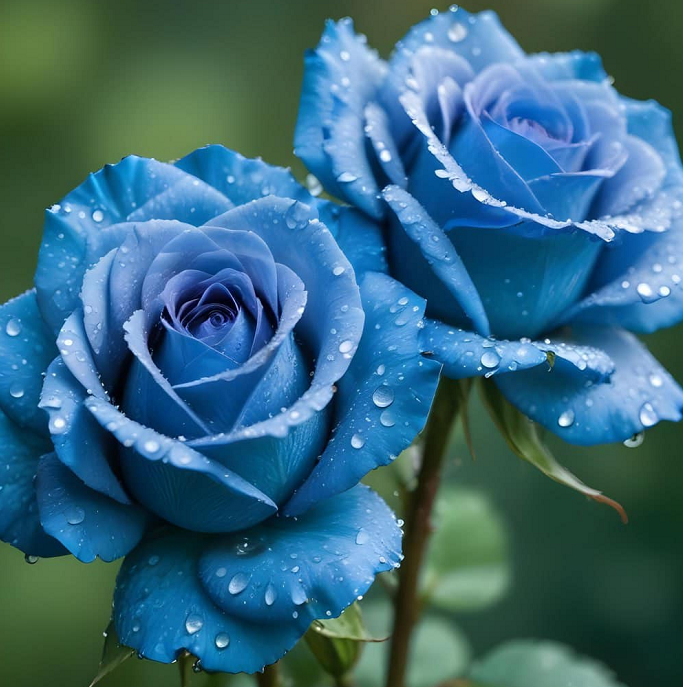🪴Growing seeds indoors is a rewarding way to kick off the gardening season. Here's a step-by-step guide:
Choose the right container: Choose a container that is at least 2-3 inches deep and has drainage holes. If you prefer a DIY approach. you can repurpose items like yogurt cups or milk cartons.
Use a good quality potting soil: Choose a potting soil specially formulated for seedlings. Avoid using garden soil or reused potting mix to prevent disease and ensure healthy growth.
Planting: Sow according to seed size - smaller seeds can be scattered on the soil surface. while larger seeds should be buried to the recommended depth. After planting. lightly moisten the soil and cover the container with a damp paper towel or plastic cover to retain moisture until germination. Remove the cover once the seedlings appear.
Water and fertilize: Keep the soil always moist. but not waterlogged. Allow the soil to dry slightly between waterings to prevent root rot. Feed seedlings regularly with diluted liquid fertilizer to promote healthy growth.
Provide adequate light: Seedlings need adequate light to grow healthily. If growing indoors. use a timed grow light for about 15 hours a day. For seedlings grown in windows. choose south-facing light and rotate the pots regularly to prevent tilting. Adjust the light height as the seedlings grow taller.
Gradually acclimate to the outdoor environment: Before transplanting the seedlings into the garden. allow 7-10 days for them to gradually acclimate to the outdoor environment. Start by placing them outdoors in a sheltered location for a few hours each day. gradually increasing exposure to sunlight and wind. Cooling beds can provide an ideal environment for seedlings to grow.
By following these steps. you can successfully plant and grow seedlings indoors. preparing them for a smooth transition to your outdoor garden.











